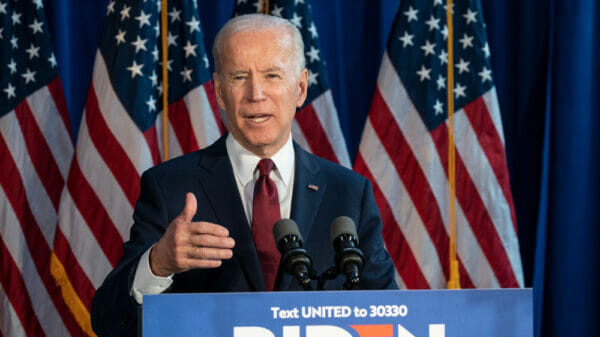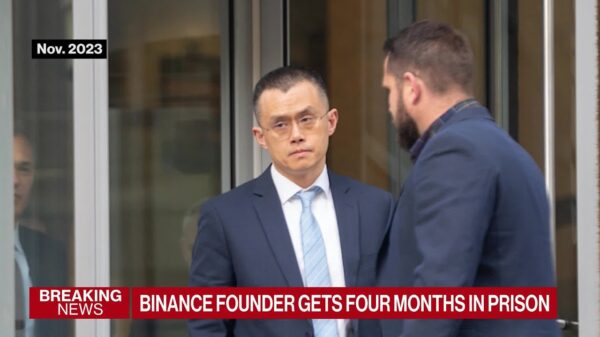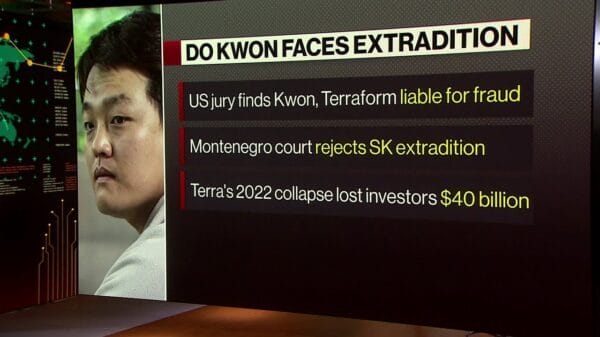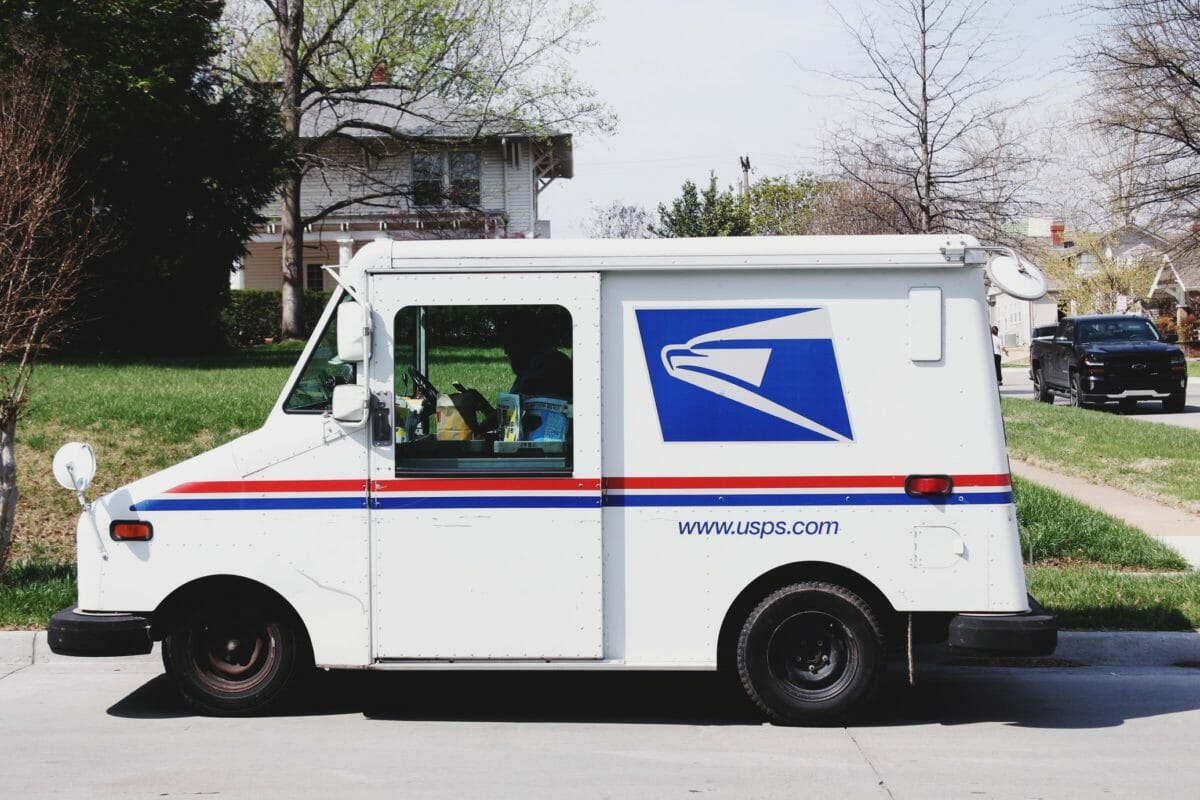The USPS is Adjusting Services to Cut Costs
Effective October 1, the United States Postal Service (USPS) will implement changes resulting in extended delivery times for certain packages and higher prices for first-class deliveries. These modifications are part of a strategy introduced by Postmaster General Louis DeJoy, aimed at initiating a decade-long transformation to enhance the USPS’s modernization and competitiveness.
Under the revised plan, the standard three-day delivery period for first-class mail, encompassing letters, bills, and tax documents, will now be extended to around five days or less. However, single-piece first-class mail within local areas will still be maintained at a two-day delivery window.
A USPS spokesperson communicated to CBS, “The postal service has demonstrated consistent enhancements in all categories of first-class mail, marketing, and periodical mail over the last seven months. Despite challenges posed by recent weather events, we persist in efforts to recruit thousands of new employees for the upcoming busy holiday season.”
DeJoy stated in a press release, “Our comprehensive 10-year strategy will reinforce the USPS’s evident strengths while tackling identified weaknesses, ensuring our capability to continue fulfilling the needs and expectations of the American public in line with our universal service mandate.”
USPS to slow delivery starting today https://t.co/oqYfYUt09L
— CBS News (@CBSNews) October 1, 2021
Critics of the initiative argue that senior citizens and individuals with disabilities will bear a disproportionate impact due to the longer delivery times. Those who rely on traditional mail methods, such as bill payments, may risk missing deadlines due to these alterations. Postal expert Paul Steidler expressed to CBS, “It’s the most vulnerable members of society who will feel the brunt of this change. While everything else in America is speeding up, mail delivery seems to be slowing down.”
Some individuals believe that this endeavor might counteract its purpose, potentially dissuading customers from utilizing USPS services further, rather than boosting the overall competitiveness of the postal service.













































